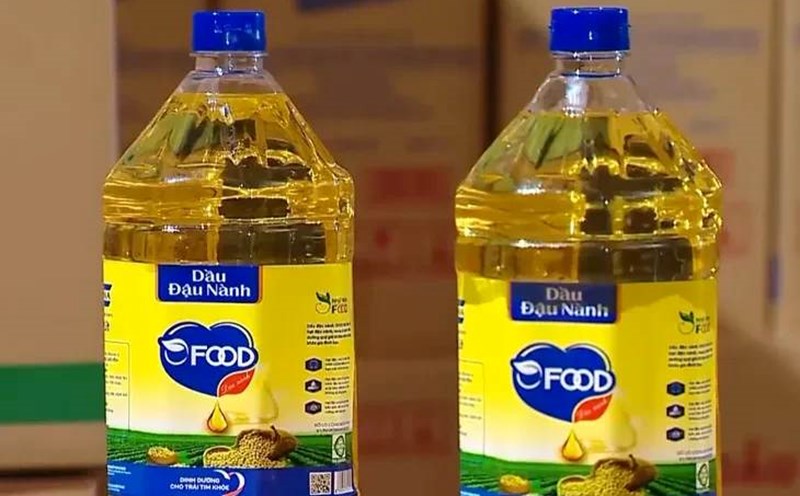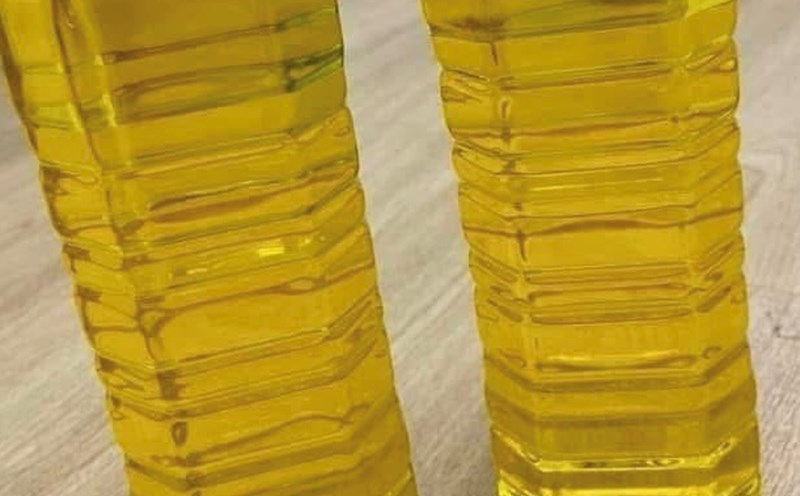Public opinion was shocked by the news that some businesses have used animal husbandry oil to bottle, label cooking oil and sell it to the food market for consumers.
From a scientific perspective, this behavior not only violates the law but also poses a serious health risk, with long-term accumulation.
We cannot simply think: If the oil is used for livestock farming but the livestock are still alive, it is okay for people to eat it. The problem lies in the fact that the quality standards are regulated to be far between animal oils and human cooking oils.
For example, human oil is strictly controlled with technical indicators:
- peroxide index (PV) ≤ 10 meq O2/kg
- Free fatty acids (FFA) ≤ 1%
Meanwhile, there are no specific limits for animal husbandry oils for these indicators, or there are, but at levels many times higher than the permitted level. In particular, heavy metals such as:
- Cadmium: limit in human oil to 0.05 - 0.1 mg/kg, but in animal oil it can be up to 1.0 mg/kg (10 - 20 times higher)
- Cheese: limit for humans is usually ≤ 0.1 mg/kg, while animal oil can be up to 10 mg/kg (1100 times higher)
This explains why many rough or primary refined oils can still be used for animal feed, not seeing a clear harm to the health of animals in the short life cycle; but it is completely unsafe when applied to the human body.
In food technology, cooking oils for humans are required to go through a strict refinement process to remove impurities, waste, free fatty acids, peroxide, aldehyde; at the same time, they are discolored, deodorized and supplemented with essential micronutrients such as vitamins A and D to ensure biosafety and nutritional value.
In contrast, oils used in animal feed are usually crude or used oils that do not undergo the removal of oxidants and are not strictly controlled for toxic ingredients.
They can contain free radicals that damage cells, peroxide and aldehyde, which are pathogens of chronic inflammation and cancer, heavy metals that can build up in the liver and kidneys, as well as industrial additives that are not on the list of permitted uses for human food.
In short, animal oil is never allowed to be used as human food, whether indirectly or directly. The risk does not lie in "if you eat a few times, you will die", but in the accumulation of toxins in the body over time and causing potential diseases for users in the long term such as cancer, liver failure, kidney failure!
Statistics on revenue of VND 8,200 billion in 3 years not only show the huge profit from fraud, but also expose a serious threat to the health of the Vietnamese community in the long term.
Previously, Hung Yen Provincial Police dismantled a counterfeit oil production and consumption ring on a particularly large scale, with the amount of counterfeit goods reaching tens of thousands of tons. To cover the eyes of the authorities, the team of plotters designed an underground pipeline system, pumping raw materials for livestock and seafood into fuel tanks, then labeling Ofood - a brand of Nhat Minh Food Production and Import-Export Company Limited.
According to the statement, this oil source is mainly sold to industrial kitchens, restaurants, and craft villages that produce candy, bim, and snacks. Even the product advertisement lists vitamin A supplements, but the test results did not detect this substance.
In addition to Nhat Minh Food, An Hung Phuoc Import-Export Trading Company Limited - one of the largest vegetable oil importers in the country - also participated. In the past three years, the revenue of the entire system has reached more than VND 8,200 billion.
The investigation agency seized more than 1,000 tons of smuggled oil, prosecuted three defendants at the beginning of the case for the crimes of manufacturing, trading in counterfeit goods and smuggling. The subjects illegally benefited from the price difference between cooking oil for humans and animal oil (higher than 17%), while also evading value added tax (8% for cooking oil, 0% for animal oil).
Unbelievable but real: the oil used to prepare animal feed has been brazenly "transformed" into cooking oil for humans, penetrating into collective kitchens, restaurants, and food processing villages everywhere.









